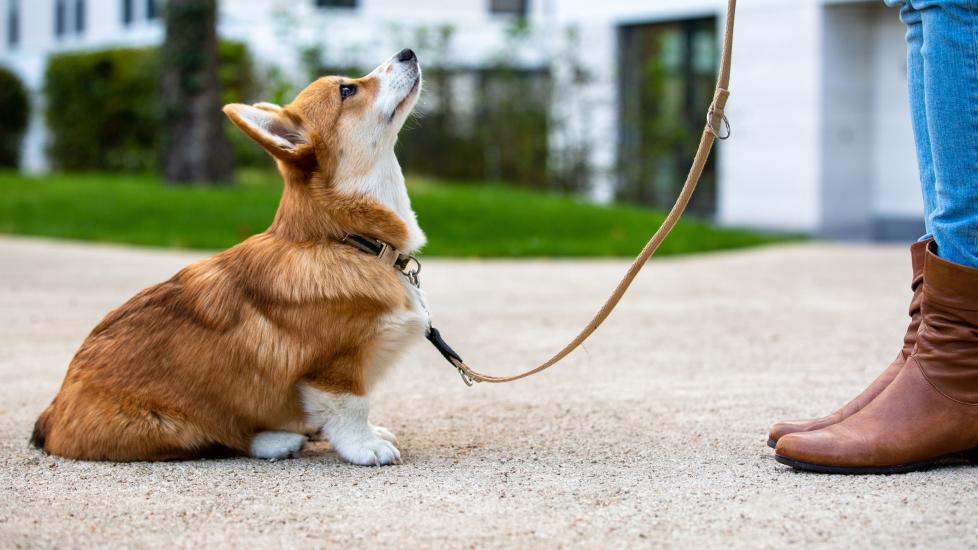
Understanding Dog Aggression Towards Children and How to Address It
Share
The bond between children and their pets is cherished by many families. However, concerns can surface when there are instances of dog aggression towards children. Its essential to recognize the warning signs and understand the underlying causes of this behavior to effectively manage it.

What Triggers Dog Aggression?
Dog aggression can result from several factors, including fear, protectiveness over territory, or even past negative encounters. Identifying the source of the aggression is key for pet owners to take appropriate action to address the issue.
Recognizing Aggression Signs
Understanding dog body language is critical. Signs such as raised fur, exposed teeth, growling, or a rigid stance often indicate discomfort or aggression. Pet owners should remain alert to these signals, particularly around children.
Addressing the Issue Safely
When dealing with dog aggression, the safety of both the child and the dog should always come first. Setting clear boundaries and closely supervising interactions between dogs and children can help avoid potential conflicts.
Emphasizing Positive Training Techniques
Training is instrumental in managing aggressive behavior. Utilize training methods that prioritize positive reinforcement.
It's also important to educate children on how to interact properly with dogs. Teaching them to respect a dog's personal space and understand its cues can foster a positive relationship.
Seeking Expert Help
In more severe situations, it may be necessary to consult a professional, such as a veterinarian or a certified dog trainer. They can provide customized advice and strategies tailored to specific behavioral challenges.
For additional resources, consider checking expert training tips that can be invaluable.
Establishing Healthy Boundaries
Creating safe spaces where dogs can retreat when feeling stressed is crucial to prevent unwanted aggression. Teaching children the importance of giving a dog its space is equally important.
Finding a Balance Between Safety and Bonding
While it's vital to manage dog aggression towards children, fostering positive interactions can build trust and affection between both. Always aim for supervised activities that encourage respect and safety.

FAQ Section on Dog Aggression
1. How can I tell if my dog is aggressive towards children?
Look for behavioral indicators like barking, growling, or a tense body posture. Consistent monitoring is crucial for early intervention.
2. Is professional training beneficial?
Yes, trained professionals possess the expertise and resources to effectively address specific behavioral problems.
3. Should I seek immediate help for my dog's aggression?
It's always best to err on the side of caution. If you have concerns about aggression, it's wise to consult with a professional to ensure everyone's safety.
For additional insights, you can learn about paw biting and how it may relate to aggression. You can also explore how to train a horse or the effects of dog toothpaste on your pet's health.
This article contains affiliate links. We may earn a commission at no extra cost to you.
